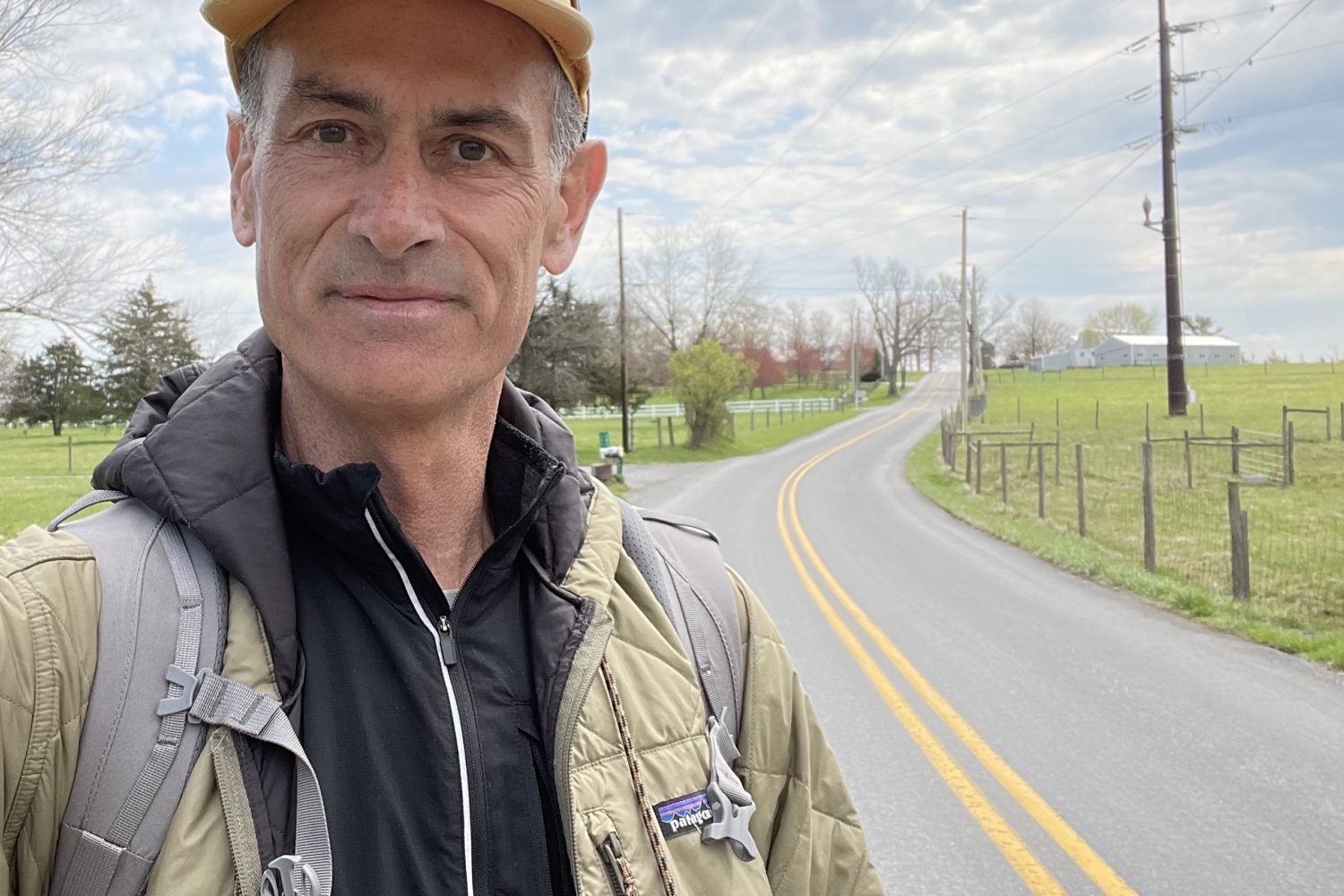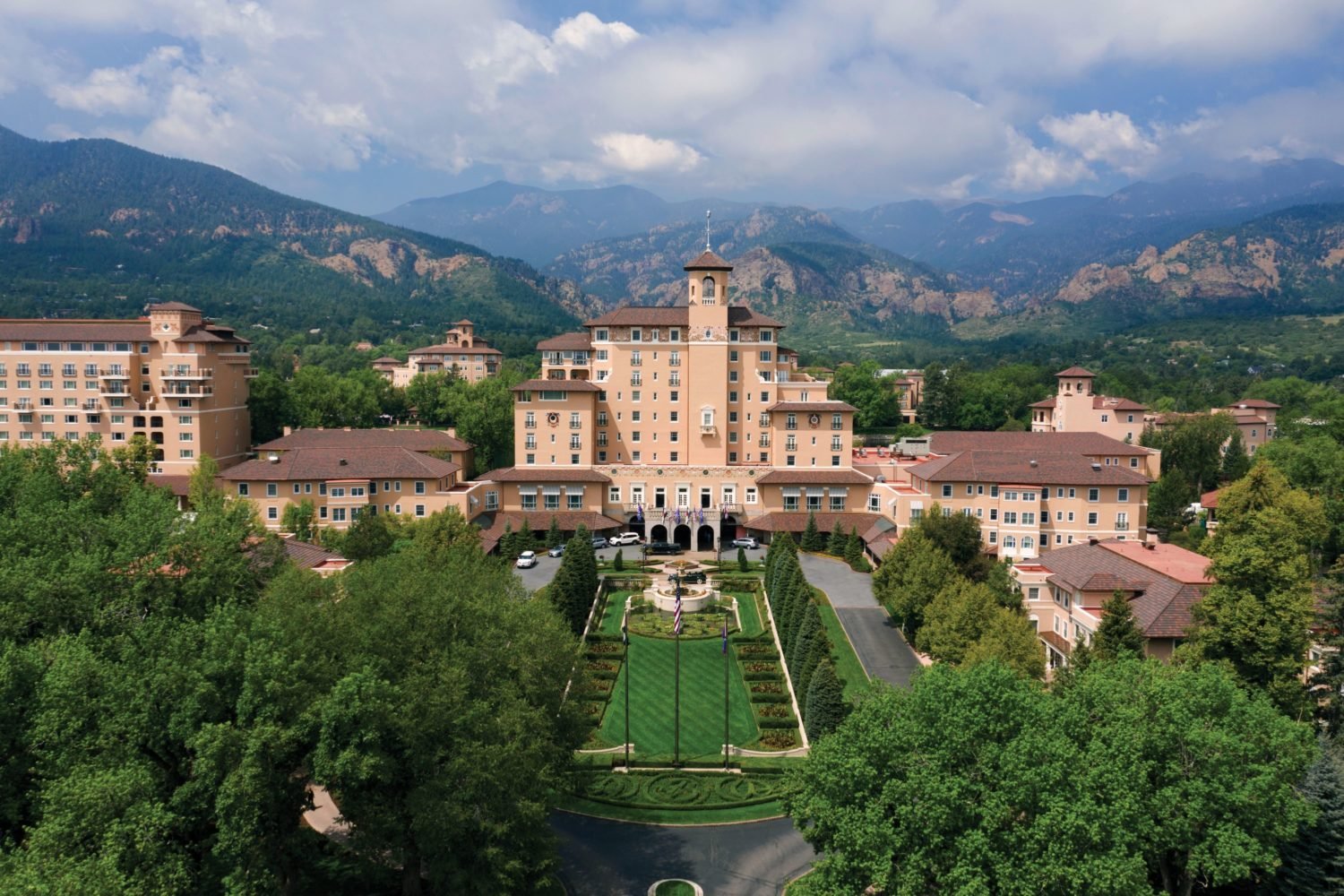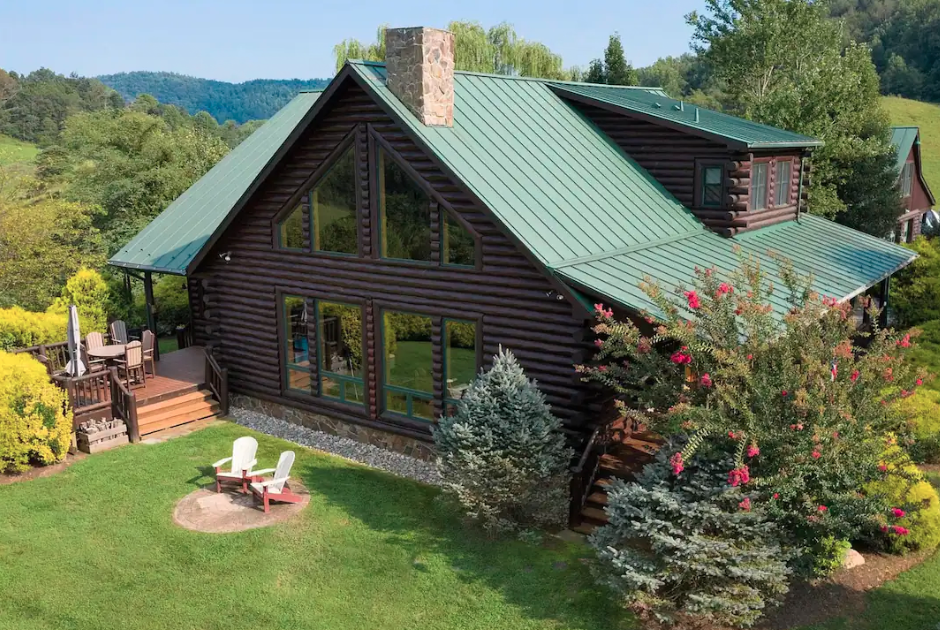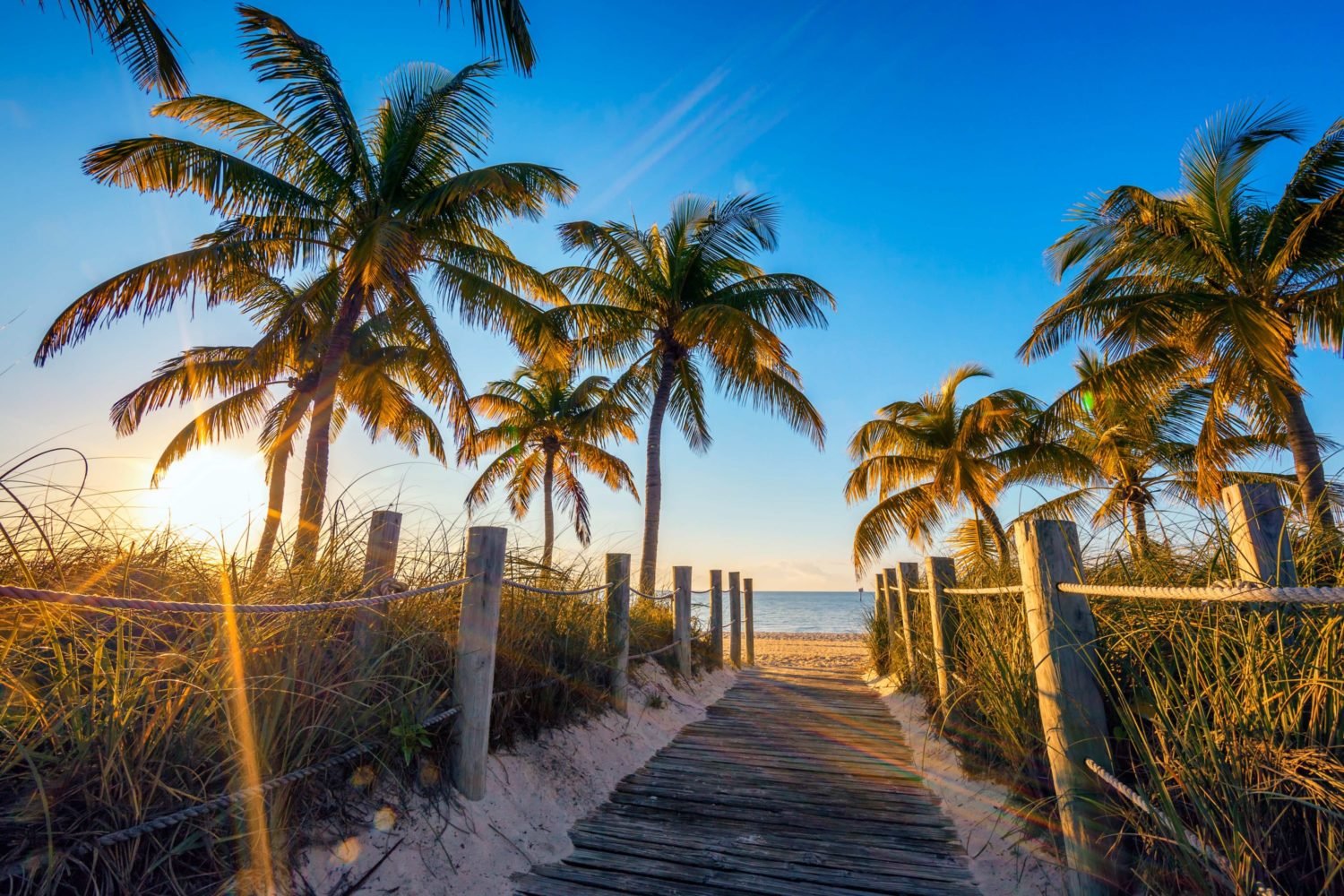By Matthew Graham
Virginia governor Tim Kaine has been canoeing since the ninth grade.
“The first time I got in an old Grumman aluminum canoe and felt the swift Current River pull me away from the bank and take over, I knew I would canoe for the rest of my life,” he says.
Kaine paddled in the Ozarks of southern Missouri and Arkansas throughout high school and college: “When my classmates were going to the beach for spring break, I would organize canoe trips.”
Since moving to Virginia in 1984, he has canoed many of the state’s rivers—the Shenandoah, Rapidan, Appomattox, Big Walker Creek, and James—“more times than I can count,” he says. He says he goes canoeing three or four times a year and has made it into a family sport, going out with his wife and three children.
On a lazy afternoon in May, after several days of hosting events during Queen Elizabeth’s visit, Kaine paddles down a stretch of the James between Eagle Rock and Buchanan—a section where the river winds through a forested canyon and past waterfalls and rock outcroppings. He occasionally steers into a spot sheltered from the current to cast a fishing line. “It’s one of the prettiest stretches on the entire river,” Kaine says. “And the smallmouth-bass fishing is superb.”
This day, luck isn’t on his side; his line comes up empty. But even a bad day of fishing can be a great day of canoeing.
Getting out: To canoe this section of the James and other rivers in Virginia, contact Twin Rivers Outfitters at 540-258-1999; canoevirginia.net.
Politics Is for the Birds
Binoculars in hand, Maryland congressman John Sarbanes strolls along a path at Patuxent National Wildlife Refuge in Laurel with his 13-year-old son, Nico.
Nico points to a bird in a tree and aims his camera. The congressman peers through his binoculars and spots Maryland’s state bird. “The Baltimore oriole is the most beautiful bird on Earth,” says Sarbanes.
The refuge encompasses almost 13,000 acres of wetlands, fields, lakes, and forests along the Patuxent River. The varied ecosystem makes it ideal for birding: More than 200 species have been sighted, including tree swallows, ospreys, bluebirds, and sparrows.
The bright orange oriole flutters its wings and stares down at father and son. “Birding is a good family activity,” says Sarbanes, a first-term congressman and the eldest son of former US senator Paul Sarbanes. John and his wife, Dina, and their three children—Nico, Leo, and Stephanie—have been birding for almost four years. “Nico got us into it,” says Sarbanes, “after he took a weeklong birding camp sponsored by the Maryland State Department of Education. He’s the ringleader. All of our vacations revolve around birding, and Nico has a schedule set out for us for the next ten years.”
The two follow a floating footbridge across a marsh and scan the sky. “The other great thing is that birding is done early,” he says. “It gets you going in the morning, and you can experience nature before even having breakfast.”
Sarbanes says that the more he’s gotten into birding, the more he can appreciate small, exotic species. Still, he says, “I’m simple. I like big birds.” Then he points and yells, “Look—a blue heron!”
Getting out: For more information on Patuxent National Wildlife Refuge, call 301-497-5580 or see fws.gov/northeast/patuxent.
Speed Racer
Adrian Fenty is off to a fast start.
On a sunny day, DC’s mayor, on a carbon-fiber Cannondale racing bike, is flying downhill in Rock Creek Park.
“DC is a fabulous place to ride,” he says. “The city is filled with natural assets such as Rock Creek Park. And you can cycle all year long.”
Fenty, who competes in triathlons, is always training—running three times a week, swimming and cycling at least twice a week. He grew up in an environment of regular exercise. His father, Phil, and mother, Jan, own Fleet Feet running store in DC’s Adams Morgan. His parents competed in races and marathons throughout his childhood, and father and son race together in several triathlons a year.
Whenever the mayor can find a hole in his schedule for a ride, as on this day, he meets up with friends at his brother Shawn’s house in DC. While Adrian is fast, Shawn is faster, regularly competing in races.
After zooming south through Rock Creek Park, the riders pass the Lincoln Memorial and head toward Hains Point. On weekdays around lunch, other cyclists often train by riding laps around Hains Point at Lance Armstrong speeds. The mayor’s group catches its breath while waiting for the pack. The trick is to cycle hard as the group approaches and jump into the slipstream, drafting behind other riders. Miss it, and you won’t catch up.
The pack rolls by, and Shawn leads the charge, pulling the mayor and friends into the close group of riders. They reach speeds of more than 30 mph while making three laps and then veer off to return up Rock Creek Parkway.
The mayor says that the ride from Hains Point to the Lincoln Memorial, along the river, is one of his favorites. He is looking forward to the Nation’s Triathlon on September 29. “The cycle portion is great,” Fenty says. “It follows the river, passes the monuments, and then goes up to the Capitol.”
Back at Shawn’s house, the mayor is on his BlackBerry and changing from Spandex to a suit. He has biking plans for the city—more bike lanes and expanded trails—“I’m excited about getting more people out of their cars and onto bicycles.”
Getting out: You can order a downtown DC bike map by e-mailing delois.fields@dc.gov; the free map includes information on bike regulations as well as routes. Maps can also be downloaded from the Washington Area Bicyclists Association Web site, waba.org. For more information on cycling around the region, visit bikewashington.org.
Chasing the Political Winds
Annapolis mayor Ellen Moyer takes the wheel of the schooner Woodwind. She steers the 74-foot boat out of Annapolis Harbor and into the Chesapeake Bay.
Her friend Captain Rick Franke stands beside her. Franke is retired from running the Annapolis Sailing School and now captains the Woodwind a couple of days a week.
“How am I doing, Captain?” Moyer asks. “Right on course,” Franke says.
The wind has come up on this muggy summer day, making the sunset sail more pleasant. The buildings of Annapolis fade into the distance as the boat slices through waves into open water.
A couple of dozen paying passengers stand along the deck. With sails full, the boat passes a channel marker into the bay, and the mayor asks, “Anyone else want to take the wheel?” A teenager visiting with a Girl Scout troop from Ohio raises her hand. Moyer turns over the helm as Franke helps the girl.
Moyer is an occasional sailor: “I took sailing classes at Camp Letts, a YMCA camp,” she says. “I spent most of the time bailing out the boat.”
Over the past four decades, she has seen the town of Annapolis transformed—from the days when it had a “broken-down pier,” she says, into a sailing center. She remembers when the International Whitbread Round the World Sailing Race came to the city in 1998: “When the Whitbread boats came into the harbor, the shores were lined with people.”
The 71-year-old Moyer has crewed on sailboats in several races: “I like the fresh air and the breezes. I’ve been in races when the wind died. It’s not so pleasant.” She takes a seat in the cockpit as the breeze blows back her hair; “I like it better when there’s wind.”
Getting out: For more information on learning to sail, contact the Annapolis Sailing School at 800-638-9192 or annapolissailing.com. Or try the Chesapeake Sailing School at 410-269-1594 or sailingclasses.com.
For a two-hour cruise or sunset sail with a view of the Annapolis capitol dome, try the schooner Woodwind at 410-263-7837 or schoonerwoodwind.com.
Not the Campaign Trail
Congressman Jim Moran bounds over a guardrail and goes down into a small stream. Lulu, a Portuguese water dog, follows on her leash. Moran’s 18-year-old son, Patrick, takes up the rear as the trio step across rocks in the stream.
Lulu wants to play in the water. Moran tugs the leash as he climbs an embankment under a bridge to reach the Potomac Heritage Trail.
“It’s the best, longest, and most natural trail in the region,” says Moran.
The ten-mile-long trail runs along the Potomac River in Virginia from Theodore Roosevelt Island to the American Legion Bridge. Moran tries to take a break from work and hike part of the trail at least once a week. “On weekends I hike the C&O Canal or the Billy Goat Trail in Great Falls with my wife,” he says.
The trail is narrow, and the sides sometimes drop abruptly to the river. Lush vegetation and tall trees surround the path. Moran points to a patch on the ground and warns Patrick to steer clear of the poison ivy. At a clearing, Moran and his son admire the view of Chain Bridge.
The two often hike together. They spent a week hiking in Costa Rica as Patrick’s graduation present. “There are a lot of mountains there,” Moran says, “so the hiking is great.” As they climb another steep section, Moran complains: “As Patrick gets older, he gets stronger, but as I get older, I get slower.”
Still, the 62-year-old congressman, a former amateur boxer, sets a fast pace. Pausing at another overlook Moran says, “This is a world unto itself. The vistas of the river are amazing.”
The hike is short today because the congressman needs to return for an afternoon interview and an evening vote. “I love hiking because it’s so different from the regular Washington scene of schmoozing and speeches,” he says. “Here you can reflect on what’s important.”
Getting out: Call the National Park Service at 703-289-2500 or see home.nps.gov/applications/parks/gwmp/ppmaps/pht_map.gif for more information on Virginia’s Potomac Heritage Trail.















